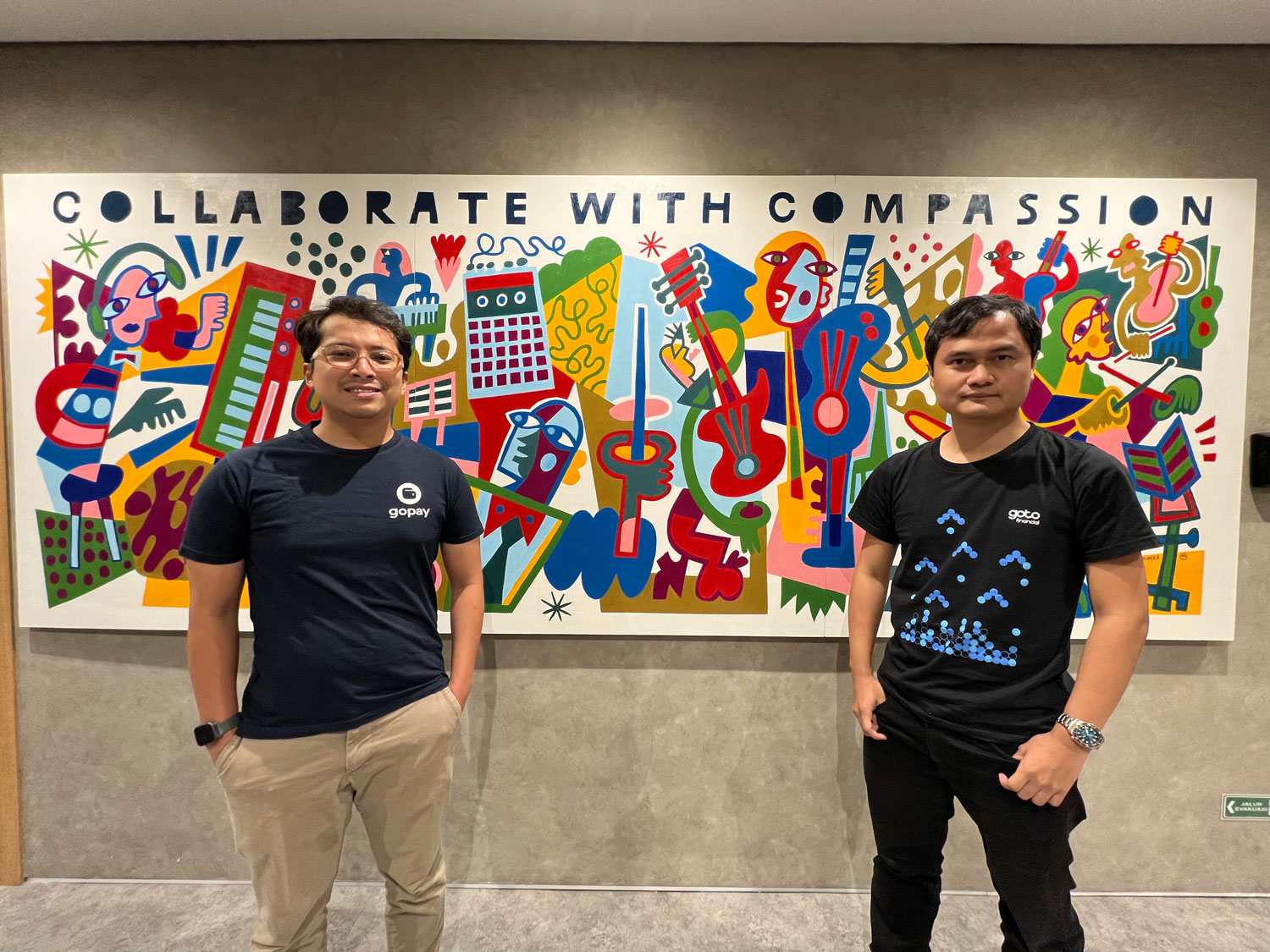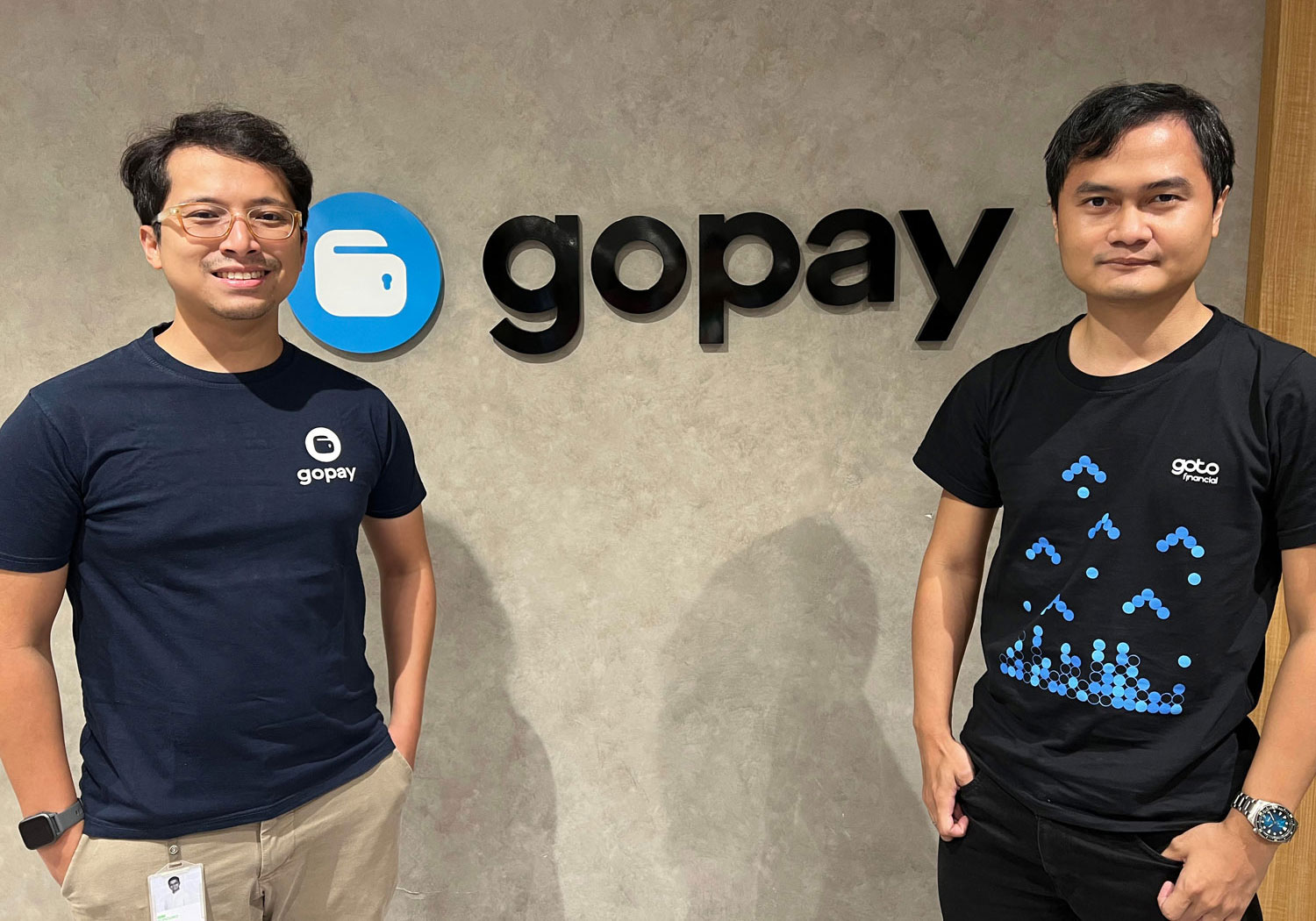Despite holding the accolade of Southeast Asia’s largest economy, RedSeer Industry Report released in December 2021, showed that 55.5 percent of the Indonesian population aged 15 and above were still unbanked or underserved in 2020.
GoPay, as part of Indonesia’s tech giant GoTo’s fintech provider GoTo Financial, seeks to tackle this issue with technology.
However, helping Indonesia’s population of 270 million to unlock their financial potential is not an easy task. At the same time, as GoPay has grown bigger, the ecosystem has also become more complex, resulting in both technical and managerial challenges for the developers.
GoTo Financial head of Consumer Payment Infrastructure Engineering (InfEng) Giovanni Sakti and the company’s Developer Experience Technical lead Giri Kuncoro spoke about the challenges in the seventeenth episode of That Digital Show, a weekly business podcast presented by Google Cloud on innovation and growing value in a digital world.
Giri explained that in the dynamic and fast-paced industry, developers were encouraged to innovate fast and build features quicker than competitors while also accommodating the business needs. However, being fast was not the only requirement, they also needed to build scalable and reliable systems.
Addressing these technical issues, Giri shared that the team adopted modern cloud native technologies that could address the issues at scale, such as microservices, containers, Kubernetes and service mesh.
“We did achieve the scale and reliability, but our infrastructure was becoming increasingly more complex for developers who weren’t familiar with this layer of technology, and ultimately slowed down our collective developer velocity.”
He added that the cloud native adoption also required the developer teams to perform major infrastructure migration — multiple times. “Developers who were supposed to deliver features to end customers had to deal with these unnecessary tasks. [...] When developers were not able to spend most of their time writing codes for customers, it did not just affect their productivity but also morale. Because they believed in tech for good, in making a lasting impact on people.”
Giovanni further stated that the risk of the company’s exponential growth was that each of the tech leads would make decisions in silo. “With rapid growth, requirements pour in, so each tech lead would have to make decisions on their own,” he said.
With this challenge, in a complex environment like GoPay, Developer Experience comes as the answer to tackle the issues.

With this in mind, GoPay engineers built a developer-facing super-app. Dubbed GoPay.sh, the app incorporates the four pillars of good Developer Experience, but also how empathy plays a major part in improving the developer experience as well as ensuring full adoption.
Similar to user experience (UX), Developer Experience is the overall feeling that the developers experiences when working toward a goal. “As makers of tools or services used by developers, we partnered with [developers] to write good code and build great products together. The tools built for developers are ultimately reflected back to the end users. If developers don’t like the tools that they are using to build products, it may reflect back to the business,” said Giri.
According to GoTo Financial’s website, GoPay.sh enables processes that typically take multiple days to complete to be reduced to 30 minutes or less. Additionally, it also removes all irrelevant options that can be deduced or come pre-populated to lower the need for product engineers to learn many irrelevant contexts.
The first code commit of GoPay.sh happened around December 2020, and by the end of March 2021, the company had successfully onboarded more than 30 percent of its services to GoPay.sh, with more than 50 percent of teams participating.
To deep dive into the development process of GoPay.sh, click here to listen to the 17th episode of That Digital Show for free.



